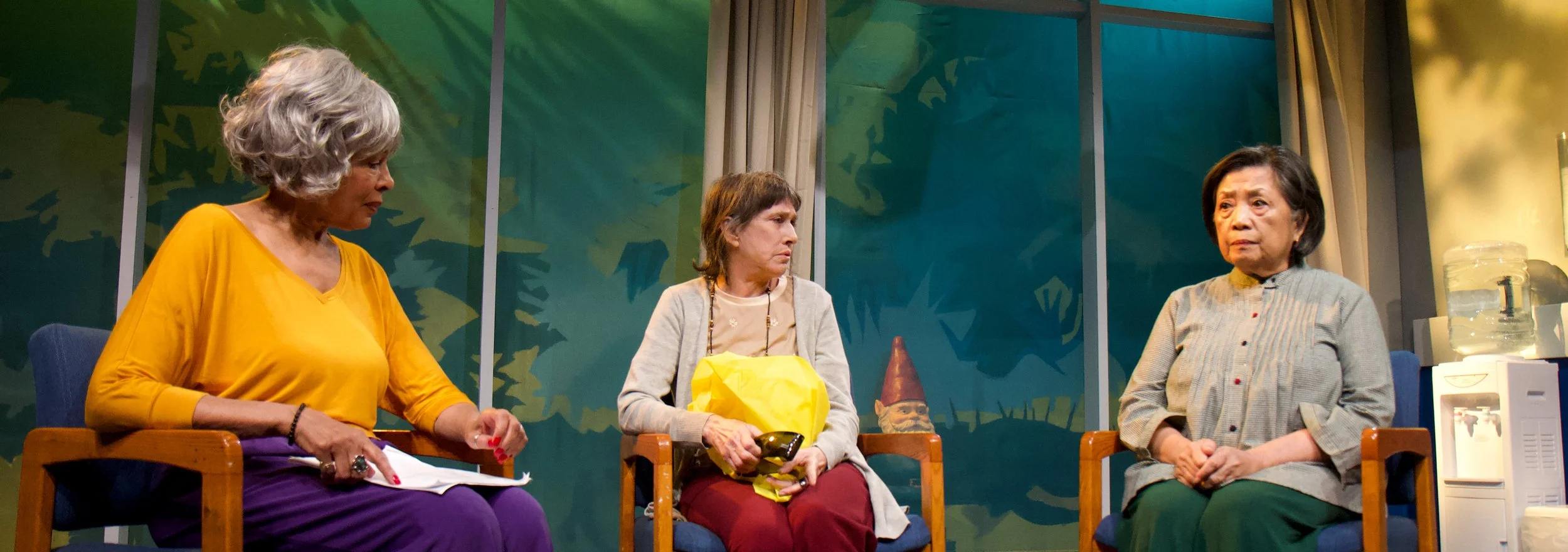The Irish Repertory Theatre’s Sean O’Casey Season concludes with The Plough and the Stars, whose title is synonymous with the flag for the Irish Citizen Army. The last of O’Casey’s trilogy, which includes The Shadow of a Gunman and Juno and the Paycock, has joined the other two in repertory, and it’s a rougher, more jagged experience. Like the others, it takes place in a tenement; here the numerous characters move in and out of the parlor of Nora and Jack Clitheroe.
The Shadow of a Gunman
On Aug. 14, 1924, after a third night of sold-out houses at the Abbey Theater in Dublin, inveterate Irish playgoer Joseph Holloway noted in his diary: “The Shadow of a Gunman [has] been staged for three nights with the usual result—that crowds had to be turned away each performance. . . . Certainly [Sean O’Casey] has written the two most popular plays ever seen at the Abbey, and they both are backgrounded by the terrible times we have just passed through, but his characters are so true to life and humorous that all swallow the bitter pill of fact that underlies both pieces.”
The Winter’s Tale
It’s a truism that William Shakespeare’s tragicomedy The Winter’s Tale divides into two distinct parts. In the first, Leontes, king of Sicilia, suspects his queen, Hermione, of adultery with his friend Polixenes, king of Bohemia, who has been spending a long sojourn with them but who is leaving for his home country immediately. The biggest hurdle for actors playing Leontes is to make his sudden jealousy credible. “The part is one of the hardest ever written,” Margaret Webster noted in Shakespeare Without Tears: “with almost no preparation, the emotion of it is at flood height.”









